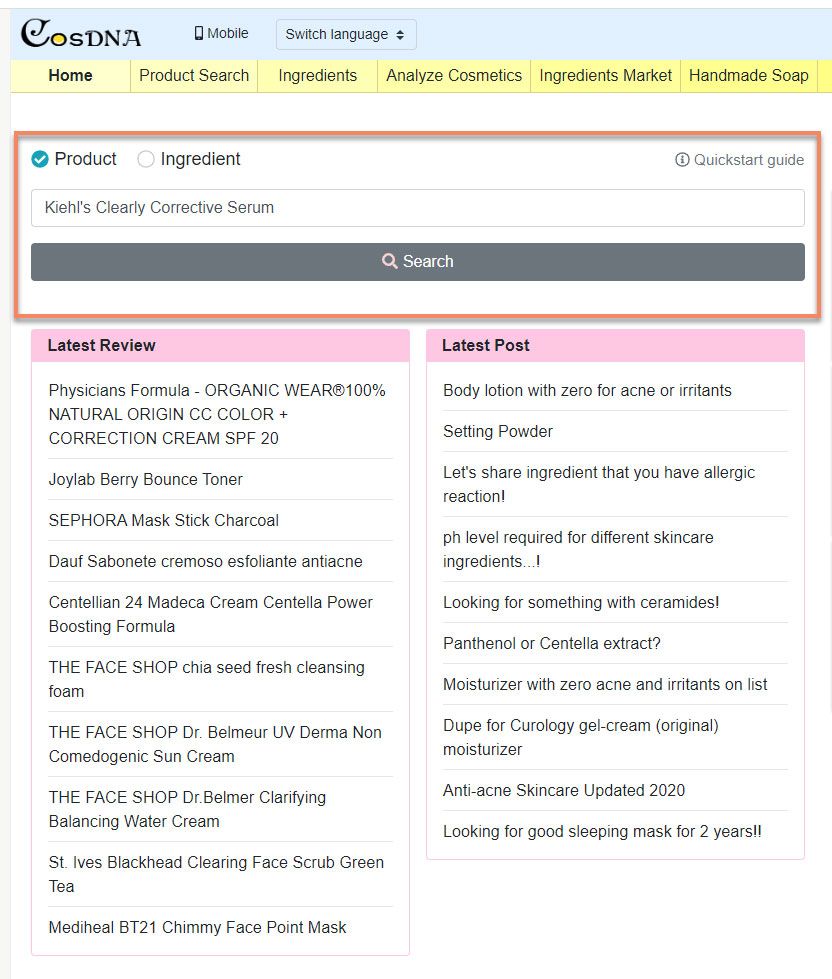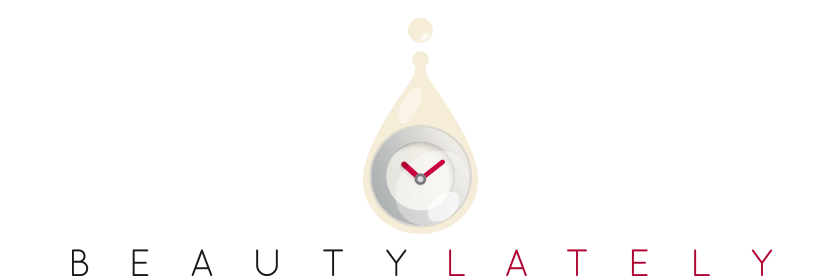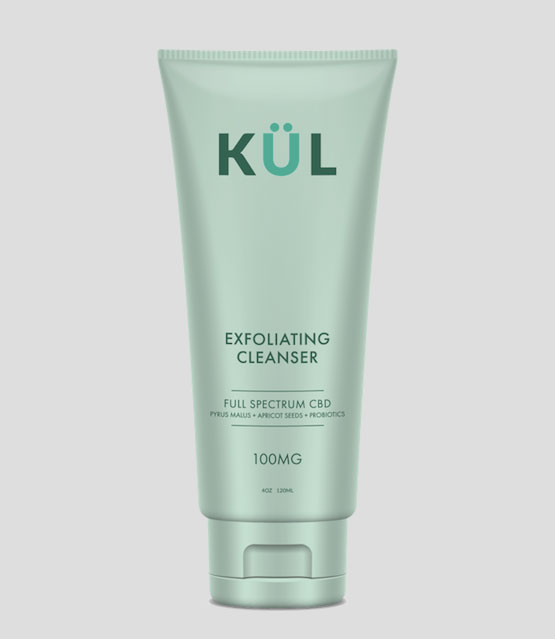Blackheads can be annoying, unsightly, and difficult to manage. You can get rid of pesky blackheads if you understand what they are, how to treat them, and what ingredients to use and avoid.
So, what are blackheads anyway?
Before we get into how to treat these pesky things, let’s understand what blackheads are. According to this article by Allure, NYC dermatologist Rachel Nazarian describes blackheads to be an “oxidized mix of oil and dead skin cells.”
We have thousands of hair follicles on our faces. When one gets blocked by dead skin cells, oil, and bacteria and reaches the skin’s surface to come in contact with oxygen, it turns black.
Because blackheads are caused in part by oil that gets trapped, people with oily skin tend to experience blackheads and acne more often than other skin types.
Helpful & Related:If you suffer from acne, I wrote a very in-depth post about picking the right products from The Ordinary to treat acne that you can find here
How to remove and prevent blackheads
Start with cleansing and exfoliating
Because blackheads are caused by the build-up of dead skin cells, oil and bacteria, regular cleansing and exfoliating is the first step to treating and preventing blackheads.
In addition to washing your face at least twice a day, I would also recommend washing your face after sweating, like after hiking outdoors or exercising at the gym.
My current favorite cleansing brand that I can’t recommend enough is Dermalogica.
Here’s what I would use if I’m looking to get rid of blackheads using their cleansers:
Step 1 Double Cleanse Remove makeup and sunscreen prior to washing your face with Dermalogica precleanse. It’s effective at removing all traces of makeup as well as excess oil.
Follow up with Dermalogica dermal clay cleanser. Kaolin clay can deep-cleanse down deep into your pores to remove excess oil and unclog the build-up of dead skin and bacteria. These two products paired together are a powerful combination to clear up blackheads in no time.

Step 2 Exfoliate regularly When it comes to getting rid of dead skin cells, you can use a mild exfoliating scrub every other day. My current two favorite exfoliants are Dermalogica daily microfoliant and KUL Exfoliating Cleanser.
Dermalogica’s daily microfoliant is a fine powder that is gentle enough to use everyday to polish and buff away dead skin cells on a regular basis. I recommend it to everyone, but especially people who might travel often because it’s not a liquid and easy to pack into bags.
KUL is a recent happy discovery of mine – it’s a skincare line that incorporates CBD into its ingredients. I’ve been using this cleanser and have been very impressed with its exfoliating performance and usage experience. If you’ve been curious about CBD skincare, I recommend giving KUL a try.
Pro Tip: Electronic cleansing devices such as Clarisonic or Foreo can also work well, as are budget-friendly silicone face scrubbies that you can get for under $10 from Amazon.
Use non-comedogenic products
When picking up skincare products, make sure to check for ingredients that are non-comedogenic, meaning non-pore blocking. You can use this website and the mini-tutorial below to check if products you’re considering contain non-comedogenic ingredients.
How to use CosDNA to check products
Step 1: Visit CosDNA and put your product or ingredient in the search box and hit “search”, like illustrated in the image below.

Step 2: Choose your product from the list of results. For this example, I am going to use Kiehl’s Clearly Corrective Dark Spot Solution.

Step 3: Take a look at the results – CosDNA will break down each of the ingredient and list out its function and its score based on Acne, Irritant, and Safety. The lower the score, the less likely it is to clog pores or irritate the skin.

Ingredients to look for to treat blackheads
So now that we’ve established that you should stay away from certain ingredients, what ingredients should you actually look for if you are trying to get rid of blackheads?
Acids
Salicylic Acid, also known as BHA (beta hydroxy acid) is a very effective form of chemical exfoliation that is shown to work to help with pore congestion.
When it comes to direct acids and hydrators, The Ordinary is a very effective, straightforward, and budget-friendly skincare line that offers two of my favorite products:
AHA 30% + BHA 2% Peeling Solution can be used up to twice a week (not recommended to use any more often) to help exfoliate the topmost surface of the skin to help get rid of dead skin cells. Adding this to your skincare routine can help fight blemishes as well as improve your skin’s radiance over time.
If you have sensitive or reactive skin, try a less aggressive approach. A milder chemical exfoliator such as Glycolic Acid could be a better choice, especially if you’ve never tried using chemical exfoliating products before.
Your skin can eventually build up more tolerance to a higher concentration of acids, but this is an excellent choice for beginners to start out with. It can be used every day after cleansing, but I like to use it every other day and switch off with a milder toner in between.
Retinol
Retinol is generally known to help with anti-aging needs, but can also be useful against blackheads as well due to its ability to encourage cell turnover and regulate oil production. This post goes into a lot of detail breaking down the different types of retinol products that The Ordinary offers if you’re interested.

Blackhead FAQ’s
What’s the difference between blackheads and whiteheads?
Blackheads and whiteheads are basically the same things. They are both pores that have been clogged with dead skin cells, oil, and bacteria.
The difference is that the blackhead is in an open pore and the whitehead is in a closed pore. Once a clogged pore (whitehead) ruptures and comes into contact with oxygen, it turns black and that is what makes it a blackhead.
What’s the difference between blackheads and pimples?
Acne is a term that encompasses pimples, whiteheads, and blackheads. In other words, pimples, blackheads, and whiteheads are all different types of acne.
They are all conditions in which your follicles or pores become blocked – the main difference is how deep the clog is within the skin’s surface. Whiteheads and blackheads are typically closer to the skin’s surface.
Pimples are a general term that refer to clogged pores that have become infected. It can be small and closer to the skin’s surface ( papules and pustules) or larger and deeper within the skin’s surface (nodules and cysts).
Do pore strips really work?
Yes, pore strips can be a temporary quick fix, but it’s not likely a permanent solution if you want consistently clear skin unless you use it on a regular basis.
Even if you use pore strips, you should still maintain good cleansing habits and exfoliate regularly to keep blackheads from coming back.
Further reading for even better skin
Hopefully, this has given you a good insight into what causes blackheads and how to effectively treat them. If you want more articles for oily skin types that are prone to acne (including blackheads) here are my top picks for you:
The Best “The Ordinary” Products for Oily, Acne-Prone Skin
19 Best Foundations for Oily Skin Type
If you suffer from acne scars or dark spots, this post is for you!
Want to build a good anti-aging routine that actually works? This post has you covered.
Niacinamide is also an excellent ingredient if you suffer from acne. Read all about it here.



